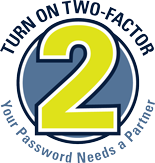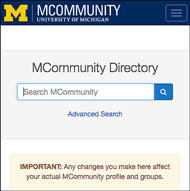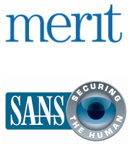The Enterprise Identity and Access Management (EIAM) Program, which received joint funding from the U-M Office of the Provost and Michigan Medicine last fall, officially launched in January. DePriest Dockins of Information & Technology Services (ITS) and Nimi Subramanian of Health Information Technology & Services (HITS) co-direct the program, and Vice President for Information Technology and Chief Information Officer Kelli Trosvig is the executive sponsor.
Today, identity and access management is inconsistent across U-M’s four campuses, which results in gaps in meeting the needs of faculty, staff, and students. The EIAM Program seeks to begin addressing this and other issues by prioritizing projects that offer short-term benefits and lay a strong foundation for future IAM initiatives.
The overall program goal is to coordinate and unite IAM efforts for all U-M campuses—Ann Arbor, Dearborn, Flint, and Michigan Medicine—so that the right people get the right access to systems and information at the right time. Doing so will contribute to the teaching, research, and clinical mission of the university, particularly by better enabling cross-disciplinary efforts. Projects underway include:
- Account Lifecycle Optimization. Will deliver incremental enhancements to the existing employee, student, and affiliate onboarding and offboarding processes, documentation, and functionality.
- Role and Access Management. Will establish an access framework and conduct a pilot to improve the processes for assigning, managing, analyzing, and reporting on roles and access, including automation of tasks.
- Social Login. Will conduct a pilot to allow U-M affiliates—such as contractors, vendors, and parents—to use their social identities (Google, Facebook, Yahoo, etc.) to log in to a low-risk, U-M-provided service.
- Uniqname Re-Evaluation and Recommendation. Will document the administrative, technical, and end-user challenges associated with our current uniqname design and use, conduct an impact analysis of alternatives, and develop a plan to move forward.
What you can do: If any of these projects or topics are of interest to you or your unit, contact the IAM program leads at [email protected] to learn more or provide input.







